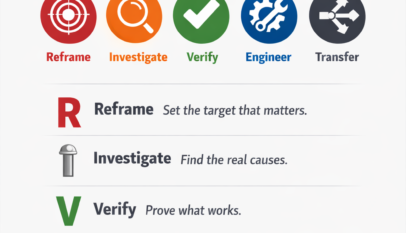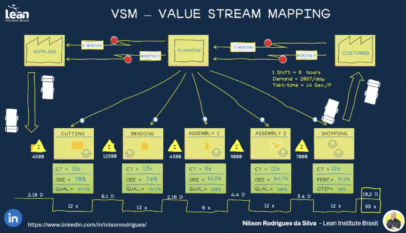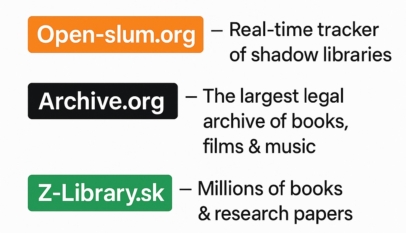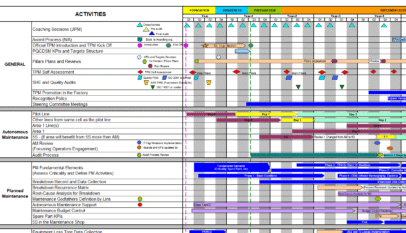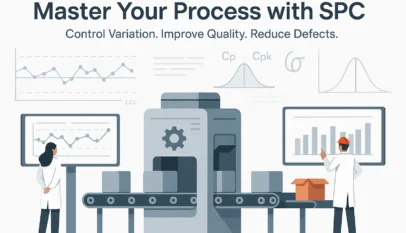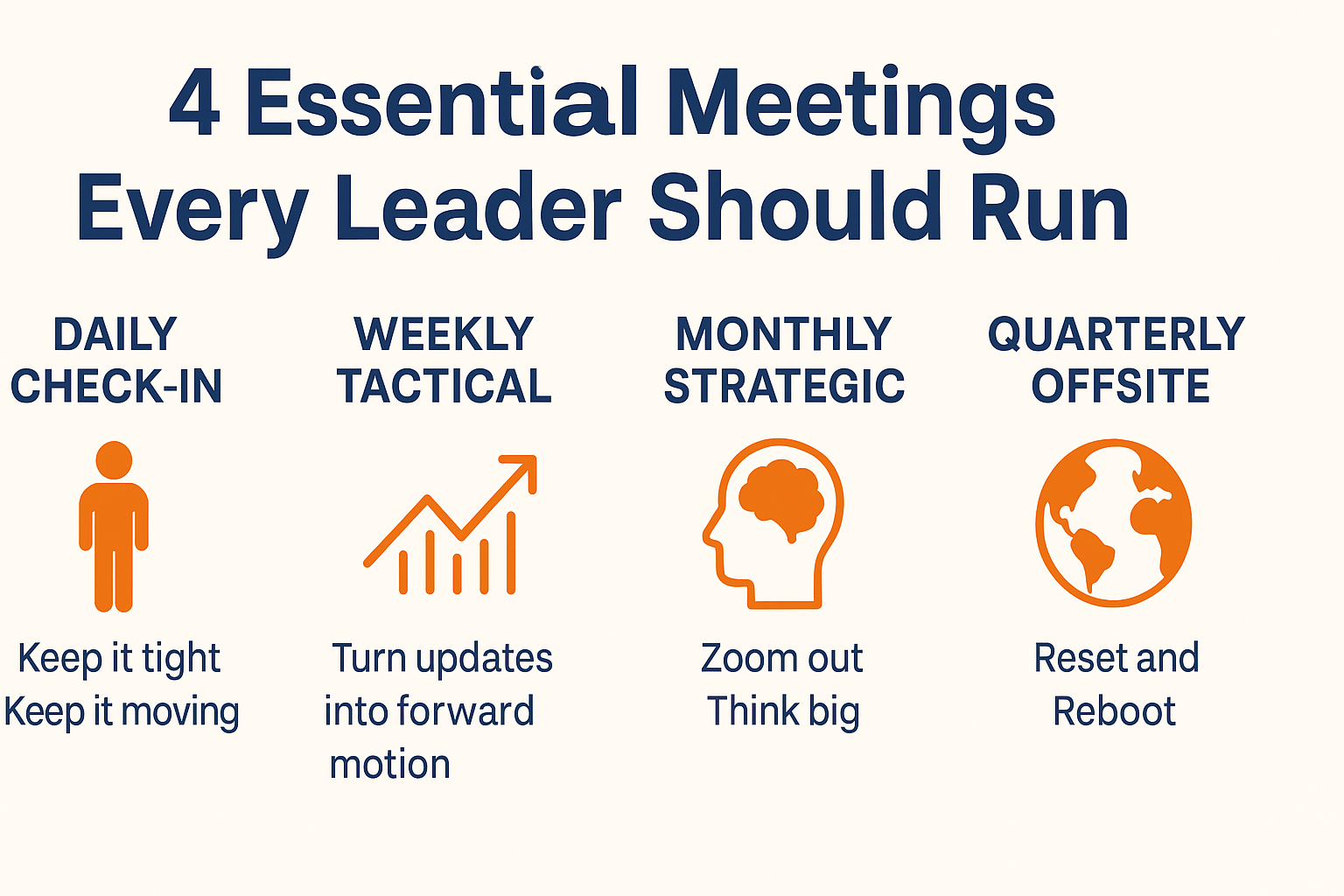In the vast landscape of production and manufacturing, one concept often stands out as a key challenge: bottlenecks. Having spent over two decades crafting compelling copy for industries across the board, I’ve seen firsthand the impact of production constraints on businesses and the importance of understanding and addressing bottlenecks. Let’s journey together into the world of bottleneck analysis and discover the transformative power it can bring to any organization.
The Anatomy of a Bottleneck
At its core, a bottleneck is a point of congestion in a production process that slows the overall output. Think of it as traffic congestion; no matter how fast or efficient the cars behind the jam are, they’re impeded by the blockage ahead. In a business context, this can mean lost revenue, delayed deliveries, and frustrated customers.
Causes and Consequences
Over the years, I’ve written copy for countless businesses that struggled with bottlenecks caused by:
- Poor Line Balancing: Just like a seesaw that’s heavier on one side, production can be lopsided, leading to inefficiencies.
- Lack of Proper Planning: Without foresight and strategic allocation of resources, processes can easily go awry.
- Inadequate Process Control: A lack of standards or oversight can result in uneven quality and performance.
The ramifications? Beyond the immediate financial losses, there’s a risk of damaging the brand’s reputation, losing customer trust, and lowering employee morale.
Turning to Tools and Techniques
Through my copywriting journey, I’ve spotlighted various tools that businesses employ to tackle bottlenecks head-on:
- Why-Why Analysis: A method to drill down into the root causes of a problem.
- PDCA & VSM: Tried and tested methodologies that continuously improve processes.
- Cause & Effect Diagrams: Visual tools that map out the various factors contributing to a particular issue.
Reaping the Rewards of Analysis
Proper bottleneck analysis isn’t just a problem-solving tool—it’s a gateway to business excellence. By addressing bottlenecks, companies can:
- Streamline processes, leading to quicker and more efficient production.
- Respond rapidly to market changes, giving them a competitive edge.
- Boost product quality, leading to increased customer satisfaction.
- Reduce waste, both in terms of time and resources.
Navigating the intricacies of bottleneck management is pivotal for any organization aiming to stay ahead in today’s competitive landscape. Addressing bottlenecks isn’t merely about solving a present issue; it’s about adopting a forward-thinking approach, honing strategic planning, and embracing a culture of continuous improvement. For businesses undertaking this journey, the path to success becomes significantly clearer. In the dynamic realm of production and commerce, proactive solutions and adaptability are not just assets but necessities. Addressing bottlenecks can be the defining factor that elevates a business from good to exceptional.

